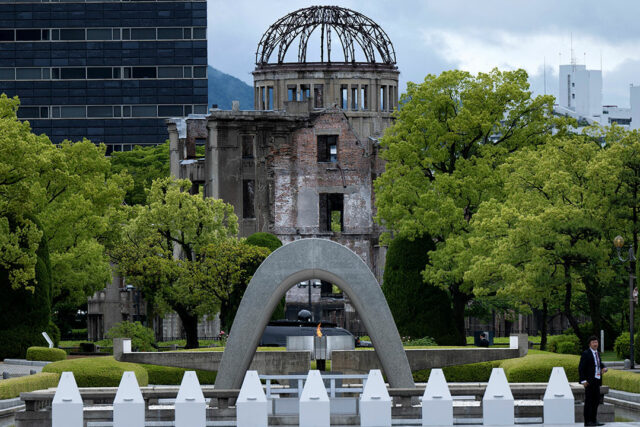LOS ANGELES — The National League Championship Series (NLCS) will be an oversized affair starting on Sunday, when the top two markets roll out a superstar as the New York Mets visit the Los Angeles Dodgers.
The Mets’ Francisco Lindor has risen to the occasion, fighting through a late-season back injury to first get New York into the playoffs and then provide the charge that got the club through the wild-card round and the division series.
The Dodgers’ Shohei Ohtani not only made his team a must-see experience, but he was a steadying force throughout a season when the roster was crushed with injuries. His historic season of 54 home runs and 59 stolen bases helped his club to the best record in the majors.
Game 1 will feature a matchup of right-handers: the Mets’ Kodai Senga facing the Dodgers’ Jack Flaherty.
Senga made just one regular-season start because of shoulder and calf strains before giving up one run over two innings in Game 1 of the National League Division Series (NLDS) against the Philadelphia Phillies. He could go as many as three innings on Sunday.
Senga made one start against the Dodgers in 2023, giving up one run over six innings in a no-decision in mid-July.
Flaherty went 6-2 with a 3.58 ERA (earned run average) in 10 starts after going to the Dodgers in a trade-deadline deal from the Detroit Tigers. He gave up four runs over 5 1/3 innings and took the loss in Game 2 of the NLDS against the San Diego Padres. He has faced the Mets just once, leaving with a no-decision after allowing four runs in 5 1/3 innings in 2019 while with the St. Louis Cardinals.
Lindor put the Mets on his back over the final two months of the season. In 44 games, he batted .320 with a .956 OPS (on-base plus slugging) as New York clung to a wild-card spot. The Mets overcame a slow start at 11 games under .500 in early June and were as many as 17 1/2 games off the pace in the NL East shortly thereafter.
“I think I’ve seen a different gear probably three months ago,” Mets manager Carlos Mendoza said of Lindor.
The Mets clinched their playoff spot on the final day of the regular season and are on a 5-2 run in the postseason, having eliminated the Milwaukee Brewers in the wild-card round and the Philadelphia Phillies in the NL Division Series.
For all Lindor did down the stretch, his most impactful blow was a sixth-inning grand slam to decide the 4-1 NLDS-clinching victory over the Phillies.
“I want to win it all,” Lindor said after the Mets advanced to an NLCS for the first time since 2015. “And ours will be a team that will forever be remembered. This will be a team that comes every 10 years and eat for free everywhere they go. But the job is not done.”
It took just one season of a 10-year, $700 million contract for Ohtani to seal his legacy in L.A. He did not play in the field this season after elbow surgery last year, but his never-before-seen production has made him the NL favorite for MVP.
Ohtani has been relatively quiet in the five postseason games, going 4-for-20 (.200) with 10 strikeouts, but he did hit a home run in Game 1 against the Padres. It was the second playoff at-bat of Ohtani’s career.
With multiple starting pitchers injured and nagging injuries in the lineup, the Dodgers’ heroics have come from an unexpected place. Los Angeles’ bullpen was key in holding the Padres without a run over the final 24 innings of the NLDS as the Dodgers overcame a 2-1 series deficit.
Mookie Betts, Will Smith, Gavin Lux, Enrique Hernandez and Teoscar Hernandez all hit home runs over the final two games to eliminate the Padres.
“I’ll say this: I haven’t been a part of as much adversity as this ballclub has had,” Dodgers manager Dave Roberts said. “And not one time have we made an excuse or given ourselves an out to not win 11 games in October. … That’s why I told the guys in the clubhouse, I’ve never believed in a group of guys more than this group. I really haven’t.” — Reuters










